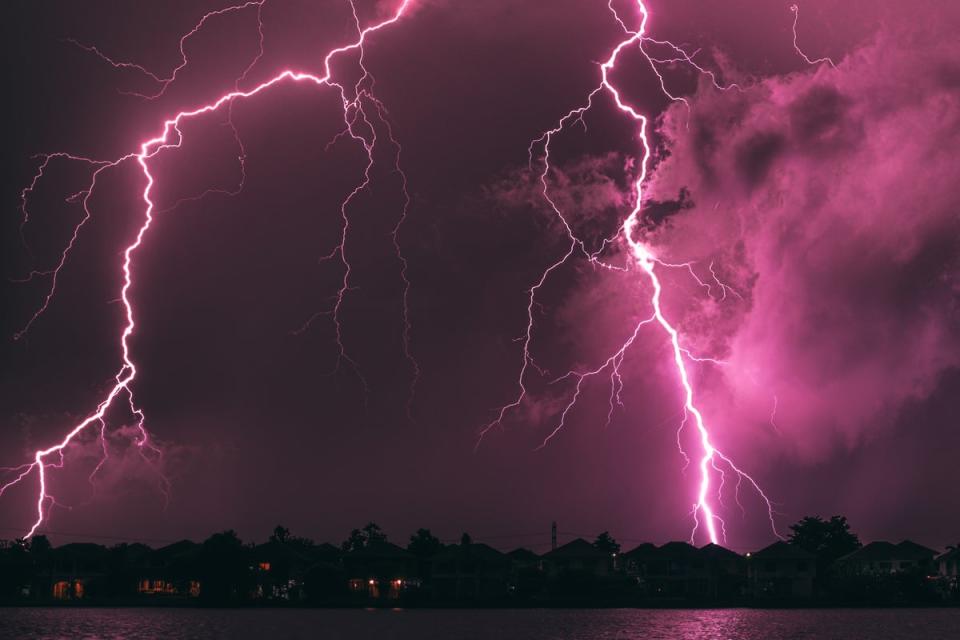How are storms named and what will the next one be called?

Storm Nelson will bring strong winds and rain to Britain on Wednesday and Thursday in the run-up to Easter.
The UK should expect blustery conditions, showers, thunder and hail as the low pressure system sweeps in after being named by the Spanish weather service Aemet.
It comes as holidaymakers heading to Spain or Portugal in the coming days face a washout Easter with low temperatures.
BBC meteorologist Helen Willetts told Radio 4: “The low pressure that's throwing this rain our way has now been named as Storm Nelson by the Spanish met service.
“And it will bring some stronger winds our way as well later tonight and tomorrow.”
The Met Office began naming storms in 2015. Since storm Nelson was named by the Spanish met service, it is not included in the list.
Last year’s storm season, which ran from September 2022 to August 2023, made it only as far as the letter B, with Storm Betty in August.
By contrast, this year’s season has seen storms named in every month up until January: Agnes in September 2023, Babet in October, Ciaran and Debi in November, Elin, Fergus and Gerrit in December, and Henk, Isha, and Jocelyn in January 2024.
Unsettled conditions are expected to remain for much of this week, with low pressure bringing rain from the West.
How are storms given their names?
Storms are named when they could have a medium to high impact in Ireland, the UK or the Netherlands in order to make messaging to the public on how to prepare for severe weather easier. Each service has chosen seven names on the alphabetical list (which excludes the letters q, u, x, y and z).
Who decides on the name of a storm?
Anyone can suggest a storm name and the Met Office receives thousands of ideas each year. It then meets Met Éireann and KNMI to finalise the choices. The Met Office receives nominations through social media and email and the best way to contact it is by emailing pressoffice@metoffice.gov.uk
What storms has the UK had this past year?
During the UK and Ireland storm season in 2023, we had Storm Agnes in September. The rest of the storm names are as follows:
Babet
Ciaran
Debi
Elin
Fergus
Gerrit
Henk
Isha
Jocelyn
Kathleen
Lilian
Minnie
Nicholas
Olga
Piet
Regina
Stuart
Tamiko
Vincent
Walid
Why do we name storms?
Naming storms helps raise awareness to enable the public to stay safe in dangerous weather conditions. It helps to “provide consistent, authoritative messaging in times of severe weather", according to the Met Office.
Met Office head of situational awareness Will Lang, who leads responses in times of severe weather, said: “We know from seven years of doing this that naming storms works.
“Last year, Storms Arwen and Eunice brought some severe impacts to the UK and we know that naming storms helps to raise awareness and give the public the information they need to stay safe in times of severe weather.”
Lang continued: “Recent impactful storms demonstrated our ongoing need to communicate severe weather in a clear way to help the public protect themselves. Naming storms is just one way that we know helps to raise awareness of severe weather and provides clarity for the public when they need it most.”

 Yahoo Finance
Yahoo Finance 